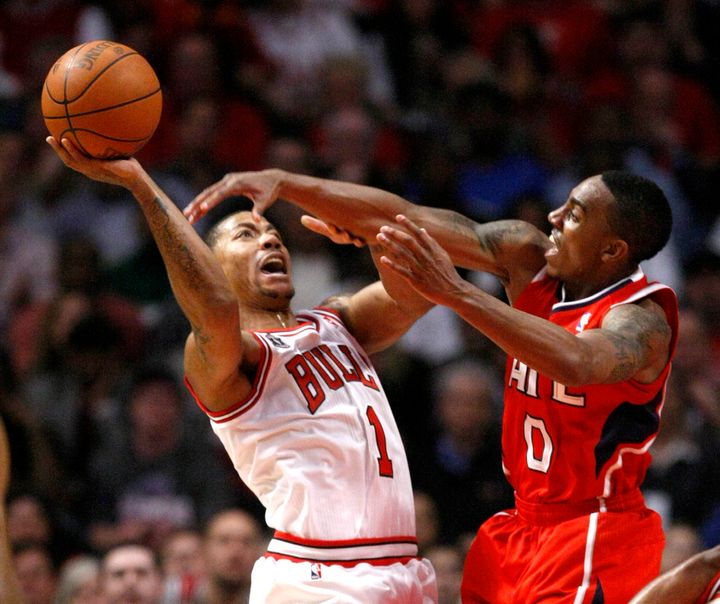
It has been nearly a decade since the NBA wisely eliminated the illegal defense rule, which was convoluted, whimsically enforced and interrupted the flow of the game.
But it wasn't really eliminated at all -- replaced instead by the defensive three-seconds rule, prohibiting a defensive player from spending more than three consecutive seconds in the paint unless he is "closely guarding" an offensive player.
The new rule is clearer and less restrictive than its predecessor, but even when its enforcement is consistent -- and it rarely is -- defensive three calls still interrupts the flow of the game, and the rule itself seems to come from an outdated fear that the NBA game might not be so "fantastic" if teams are allowed to play unrestricted zone defense.
Are the owners and commissioner really afraid that a pure zone will bottle up the most explosive offensive basketball players in the world? Do they doubt that NBA coaches will be able calculate the means by which to beat the zone?
The full-court zone trap is an entirely legal defensive strategy almost never used in the NBA because players are too offensively skilled to successfully trap most of the time and such tactics usually lead to lay-ups. Packing the paint in a half-court defense might be a little harder to thwart but anyone who knows basketball understands that it can be done -- push the ball up-court before the zone has a chance to set up; when they do get set you beat them with motion and passing and knock-down perimeter shooting. With the average NBA salary at nearly six million dollars a year, teams ought to be able to find at least a few pure shooters.
Most defensive three second calls I've seen have been in the first half of games and I've never seen -- nor do I know anyone who has seen -- a D-three call that changed the outcome of a game by giving one team a technical free throw in the closing moments of a close contest.
But that doesn't mean it hasn't happened or that it couldn't -- and if it has or does, what a bogus way to decide a game.
And if it hasn't ever happened, and if there is an unspoken credo not to let the rule decide a close game, has that made the end of close games any less exciting?
Hardly.
Holding onto this rule is an insult to players and to fans who know basketball.
Maybe the league should have its referees police the offensive three seconds a little more -- and surrender the defensive variety.
